Descrizione
Alimento complementare per cani e gatti. Protegge lo stomaco contro nausea e acidità.
CON ALTHEA, OLIO DI CANAPA E ZENZERO
Lievito di birra, Prodotti ottenuti dalla trasformazione di erbe (tra cui: Altea-Althea officinalis L.– radice polvere 16.000 mg/kg, Zenzero – Zingiber Officinale in polvere 12.000 mg/kg, Opuntia Ficus Indica in polvere 12.000 mg/kg), malto estratto, minerali, carni e derivati, siero di latte, destrosio, Batteri inattivati e loro parti (L. rhamnosus SGL06 tindalizzato, L. reuteri SGL01 tindalizzato), oli vegetali (olio di semi di colza), olio di semi di Canapa (12.000 mg/kg).
SOLLIEVO ALLO STOMACO
Stomek® favorisce la regolare funzionalità del sistema digerente e contrasta nausea e vomito.
PROTEZIONE DELLE PARETI GASTRICHE
Stomek® crea un film protettivo che aderisce alle pareti dello stomaco, le protegge dall’azione degli acidi e ne ostacola la risalita verso l’esofago.
AZIONE COMPLETA E DURATURA NEL TEMPO
Stomek® non solo dà immediato sollievo allo stomaco, ma regola la produzione degli acidi, favorendo nel tempo la normale funzionalità gastrica.
Quantità consigliata:
Per via orale o miscelato agli alimenti. 1 ml ogni 5 kg di peso una volta al giorno, mescolandolo con il cibo o somministrandolo direttamente per via orale.
5 Kg – 1 ml al giorno
10 Kg – 2 ml al giorno
20 Kg – 4 ml al giorno
Oltre – 30 Kg 6 ml al giorno
Può essere somministrato per lunghi periodi. Conservare in un luogo fresco e asciutto.

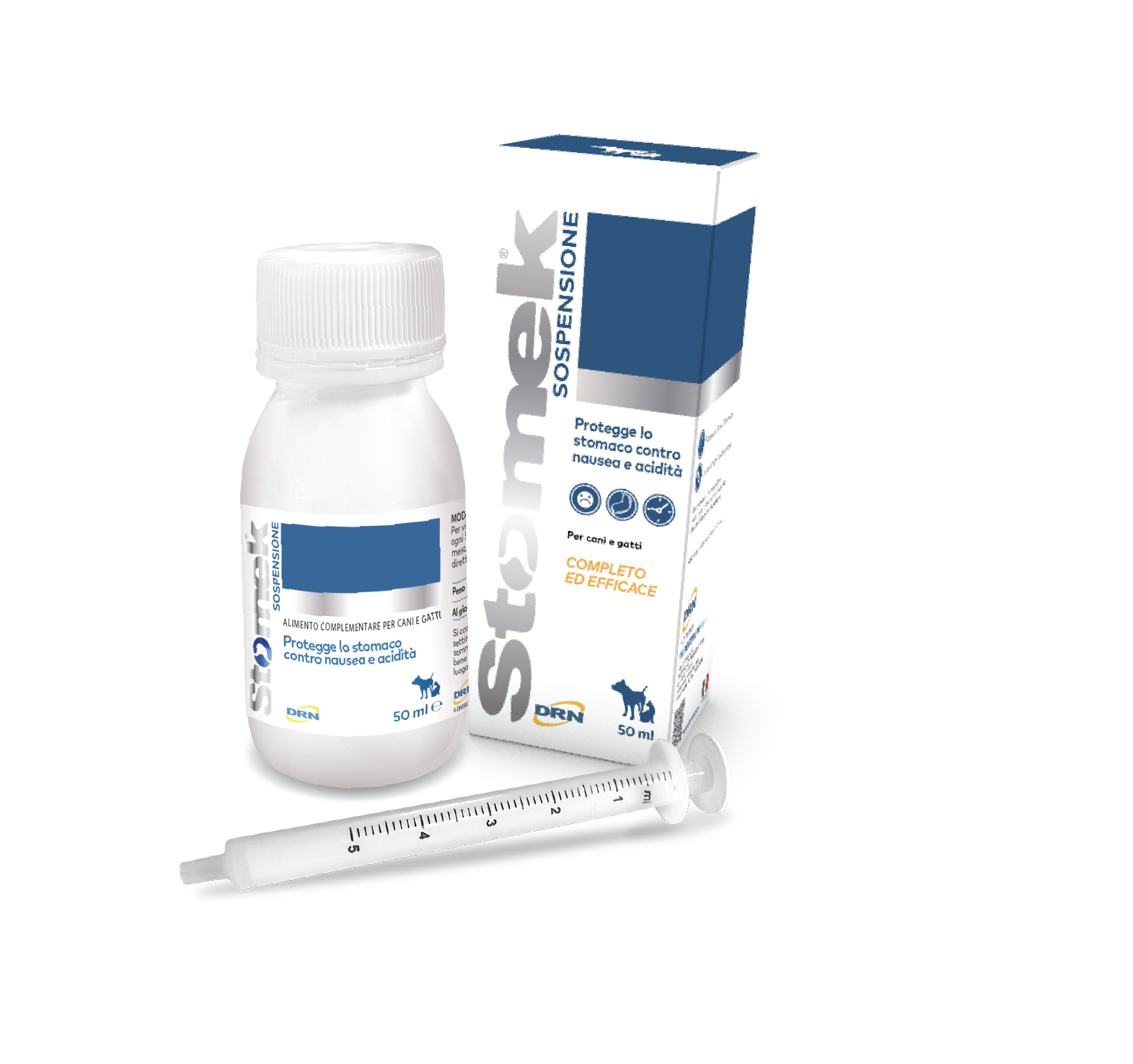
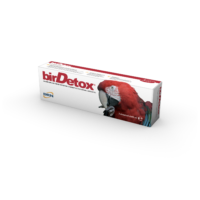
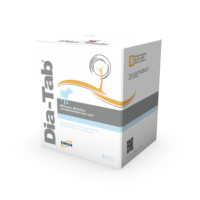
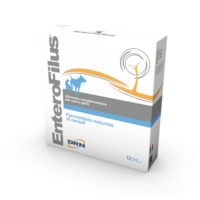
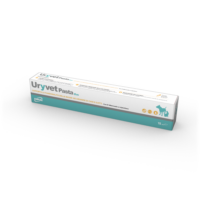
Recensioni
Ancora non ci sono recensioni.